What kind of soil does strawberry like?
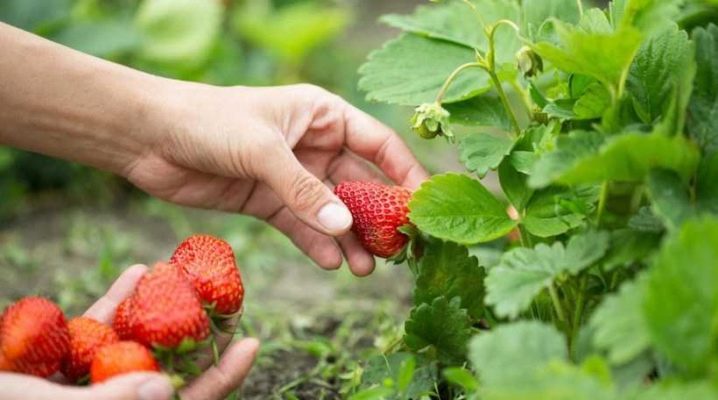
The berry is more popular than strawberries, you still need to look. At least every gardener seeks to acquire a couple of beds on his site for planting a sweet berry. But not everyone knows where it is best for her to grow: what kind of soil she prefers, how to prepare the soil for planting, how to fertilize, and so on. The question is really important, because the strawberry harvest is at stake. It's worth understanding.

What kind of soil is needed?
Strawberries are, fortunately, a prolific culture. It takes root well even on not the most suitable soils. But still, the composition of the soil matters: if strawberries are placed in the ground with the wrong acidity, the wrong indicators, the berry will be sour. Small strawberries are also often a mistake with the composition of the soil, and a small harvest is often also associated with insufficient preparation of the land.
What is NOT suitable for strawberries:
- clay soil - it does not conduct air well enough, freezes quickly;
- sandy - in such a soil there is a lack of nutrients, it quickly heats up under ultraviolet light and soon loses moisture;
- peat and lime soil has a composition that is not suitable for the growth of strawberries.
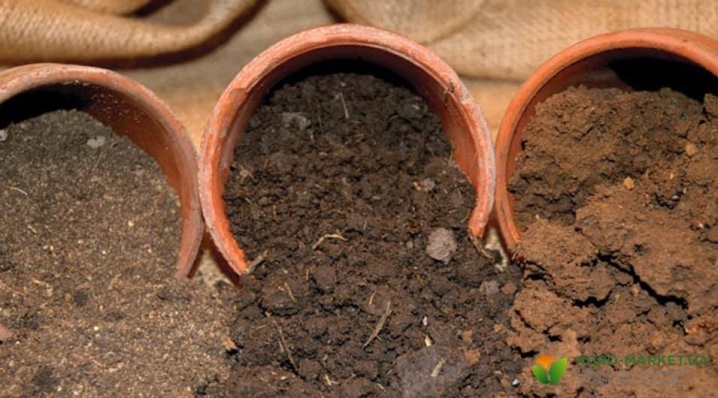
But the best choice of soil for garden strawberries will be sandy loam and loamy soil. Why so: both of these options are excellent air permeability, do not collect moisture, at the same time do not dry out too quickly, contain valuable nutrients in the balance and, which is also important, do not form a crust.
What should be the soil for strawberries in terms of acidity:
- strawberry loves slightly acidic soil, with a neutral pH of 5.5-7;
- the acidity level can be determined using a litmus test - a small corner with soil is dipped into a glass of water, a litmus test is sent there, if it turns blue or green, the soil is suitable;
- very acidic soil - danger to the root system, such a soil is depleted, it contains little nitrogen, potassium and phosphorus, but a lot of aluminum and iron;
- increased soil acidity is determined by red (or close to that) divorcesthat occurs between ridges, by the rusty color of the top of the soil, by the abundance of growing weeds such as horsetail and sedge.
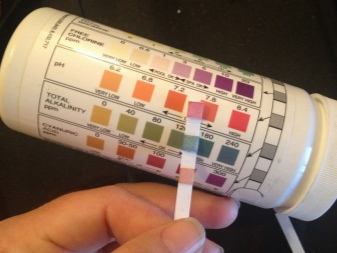
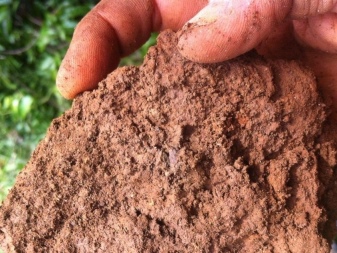
If the soil is acidic, you need to enrich it with lime. But it's worth getting ready: the composition will change for several years. Although, if the soil is alkaline on the site, the situation is no better. This means that the soil lacks nitrogen and phosphorus, but copper and zinc are abundant in it. The strawberry leaves will curl and fall off. The soil will have to be acidified using optimal fertilizers.
Bottom line: for better growth of strawberries, there must be slightly acidic soil or soil with a neutral reaction on the site. The composition of slightly acidic soils is almost ideal for berries, and soils with a neutral reaction are better not to be found.

Preparing the soil for planting
The conditions may not be ideal, the soil is not exactly what we would like, but this is not a reason to refuse planting strawberries. It is necessary to act in two directions: soil treatment and fertilization.
Treatment
If the site is new and has not been used at all before, its preparation must be taken especially seriously. It will take a year or two. Firstly, the site expects deep digging, cleaning of weeds, removal of stones, roots, branches. If necessary, the soil will have to be deoxidized. This is usually done using wood ash or magnesium-rich dolomite flour.
Stages of processing the site.
- The plot, or rather, the part that is supposed to be given for strawberries, protect from drafts and at the same time open to the sun. Ideally, not very tall trees grow around the perimeter, which will cast a shadow on the strawberry beds. The place itself should be flat, if there is a slope, then a small one. But in the lowland, strawberries will not grow well, because there is excess moisture there.
- As the soil is used, pathogenic organisms accumulate in it more and more, that harm the crops grown. There, larvae and insects, which are activated in spring, can quietly winter. Therefore, the soil must be decontaminated. If you do it chemically, you need to understand all the risks. For example, the famous copper sulfate is used no more than once every five years, otherwise copper will accumulate excessively in the soil.
- The fungicide TMTD is not considered hazardous to crops, therefore, it is quite possible to use it before landing. It is detrimental to phytophthora, leaves no chance of root rot. Alternatively, the fungicide "Rovral" is not bad either, it can be sent to the planting hole without fear. It will successfully protect berry bushes from fungi.
- For safer disinfection, biological products are suitable, which are even easier to pick up... In addition, they not only disinfect the soil, but also heal plants. And at any stage of growth. Among such means are "Gamair", "Alirin-B", "Fitosporin-M", "Baktofit".
- Agrotechnical method of disinfection also exists, and it must be used correctly. Digging up the soil in September or October, you must manually clear it of plant residues. And in the area between the beds, it is imperative to plant plants that will work as effective repellents. That is, they will scare away insects, thereby protecting the crop. What plants are these: marigolds, wormwood, garlic, tansy, and also nasturtium.
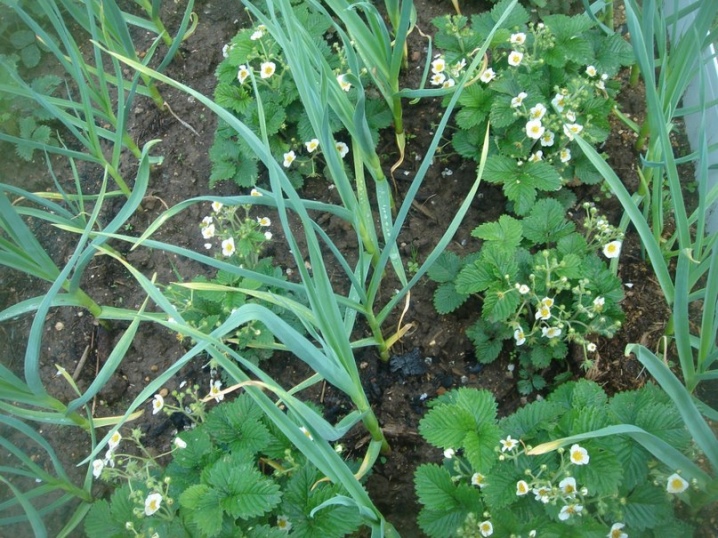
Experienced gardeners who grow strawberries in the open field advise not to abandon the "old-fashioned" methods. The soil on the site, which has been used for at least 3 years, needs to be dug out in layers. Then the soil layers are stacked in piles, not forgetting to process them with liquid manure. And for 3 years the land will "rest", but the owners will have to shovel the layers from time to time and remove the weeds in time.
This period of rest is very useful for the soil, in which spores of dangerous fungi and other pathogens will die during this period. And the seeds of weeds will also get it.
In a word, you just need to give the land a rest, and in 3-4 years it will be almost perfectly ready for growing strawberries.
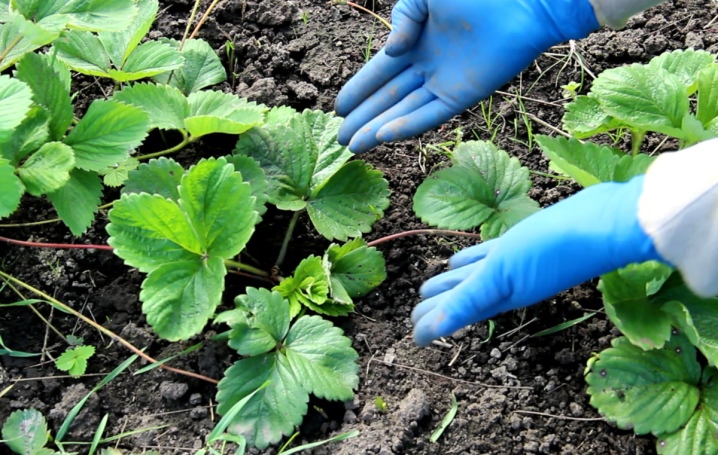
Fertilizers
Soil fertility is, if not all that is needed for the quality of the crop, then an extremely important factor in successful growth. For example, there should be at least 3% humus in the ground. Humus is the name for nitrogenous organic compounds that appear as a result of decay of plant residues. And earthworms and some microorganisms help in this formation.
Features of feeding in the fall.
- It is important, since the yield of the next season will also depend on it.... If you add sawdust, straw, peat and, of course, fallen leaves to the soil, by spring all this will rot and settle in the ground. And this is a great way to naturally fertilize the soil with nitrogen.
- Even before mulching, it is worth adding superphosphate or potassium humate to the soil. These substances will dissolve in the ground for a long time, due to which the soil will be saturated with significant components. And it will be full for a long time.
- Manure is very often used in soil fertilization, so it can (and should) be saved. Manure is diluted one to one with water, after which it should be infused for 10 days. The solution is to be watered between the beds.
- If planting strawberries is planned in the fall, the soil will have to be prepared 2 weeks before.... It is enough to add double superphosphate to the ground.
- It also makes sense to pour coarse sand between the ridges after the autumn planting of berries. This is a good way to protect yourself from pest attacks.
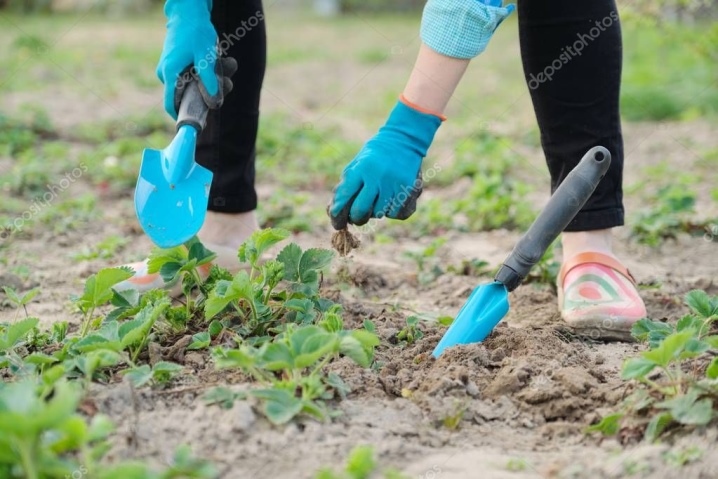
True, there is also a reverse story: novice gardeners are so afraid that the land will be insufficiently saturated with fertilizers that it is banal to overfeed it. But overfeeding is even more dangerous, often even stubborn strawberries die because of it. And if you overdo it with nitrogen-containing dressings, a huge green strawberry bush will grow. Only without berries. By the way, overfeeding happens with mullein and chicken droppings. If overfeeding occurs, nothing else is added to the soil during the year.
Gardener's Tips - Tricks for Proper Feeding:
- if you fertilize the ground fermented milk products (whey, for example), it will be saturated with phosphate, calcium, sulfur, nitrogen;
- fermented milk products are desirable mix with wood ash or even manure;
- yeast feeding acidifies the soil well, the plant grows better (it is enough to soak the bread for a week, and then dilute it with water in a ratio of 1: 10);
- the following top dressing will also be effective (per 1 liter of water): 30 drops of iodine, 1 teaspoon of wood ash, 1 teaspoon of boric acid.
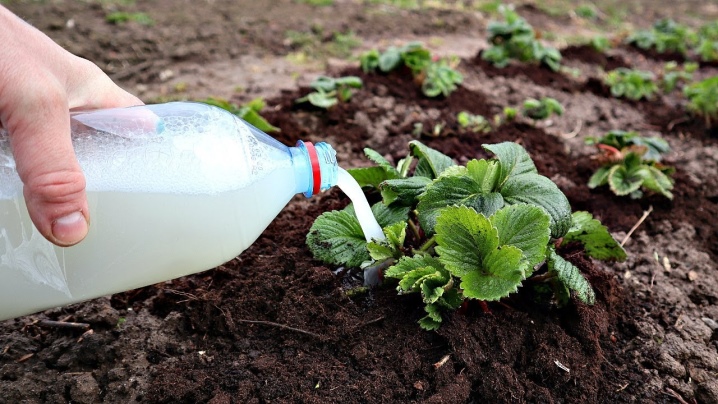
Each variety requires individual feeding. And this is not always indicated by the manufacturer on a pack of seeds, and if you buy ready-made seedlings, the information is even less known. Most often, already in the course of growth, the gardener begins to understand what the variety especially needs.
After which you can plant strawberries?
Crop rotation is an indispensable element of horticulture and horticulture, without which a stable and good harvest cannot be expected. In addition to improving soil fertility, crop rotation reduces the risk of plant contamination. Strawberry roots, for the most part, lie quite close to the soil surface, about 20-25 cm from it. Therefore, plants that were in the garden before strawberries must have a root system that consumes food from the lower layers of the soil. Then the nutrition of crops will be rational, strawberries will not settle in depleted soil.
The best predecessors of strawberries are siderates... They are green crops that help depleted soils to be saturated with essential nutrients. These are primarily mustard, lupine, vetch, phacelia. Siderata do an excellent job of loosening the soil. If you cut off their stems and then bury them in the soil, the roots will just remain in its thickness, and they will decompose there. Hence - improved air permeability in the soil. Growing green manure is considered a completely safe, natural and justified method.


After which plants cannot be planted strawberries:
- potato - both due to the risk of late blight (inherent in both crops), and due to damage by a dangerous wireworm, and because after potatoes there is nothing to take strawberries from the soil at the required depth;
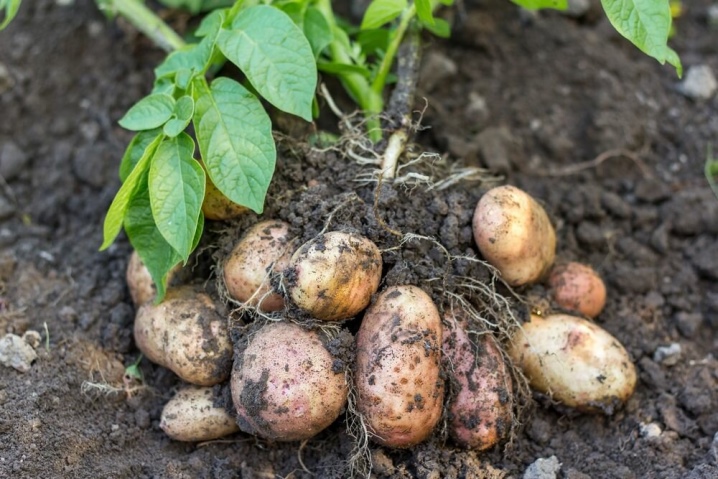
- zucchini - during its cycle, this plant depletes the soil, and is also considered a "devourer" of nitrogen, which means that strawberries growing on the site of a vegetable marrow run the risk of slowing down in growth;
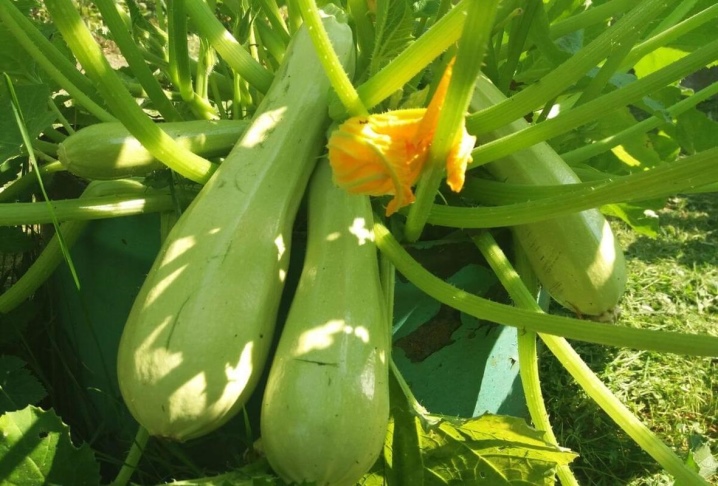
- cucumber - both crops are afraid of fusarium, and the cucumber also takes too much nitrogen from the ground;

- tomato - they acidify the soil enough, which the strawberries simply cannot tolerate, and both plants are afraid of late blight.
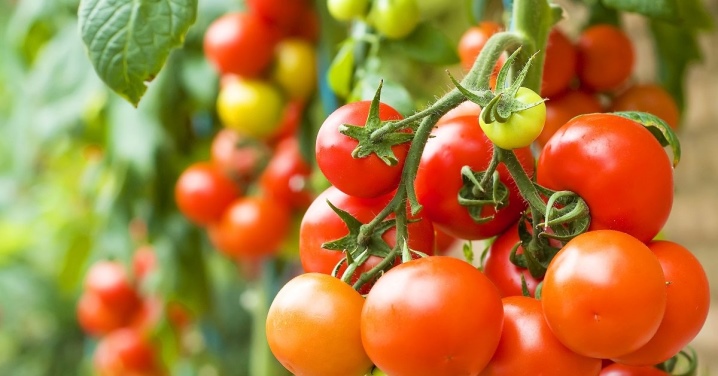
Acceptable strawberry precursor plants include beets, carrots and cabbage. You can plant strawberries in the place where onions, radishes, peas, mustard, garlic grew.
Process, fertilize, check acidity - the gardener has a lot of worries... But it seems that strawberries, in terms of their taste characteristics, yield forecasts, make all these worries and troubles fully justified.
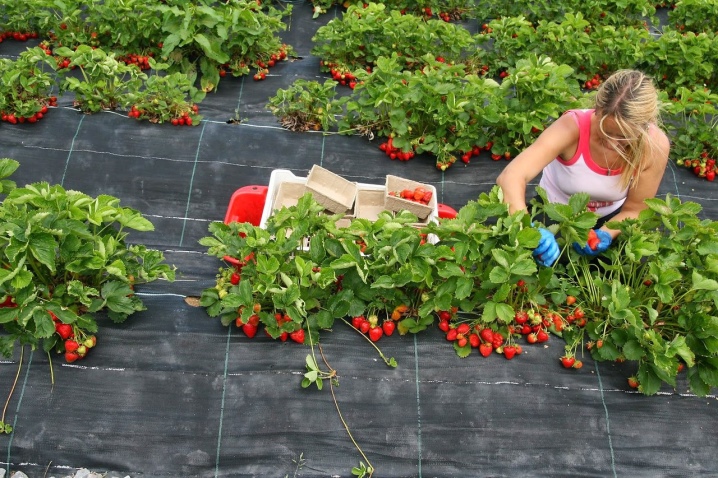













The comment was sent successfully.